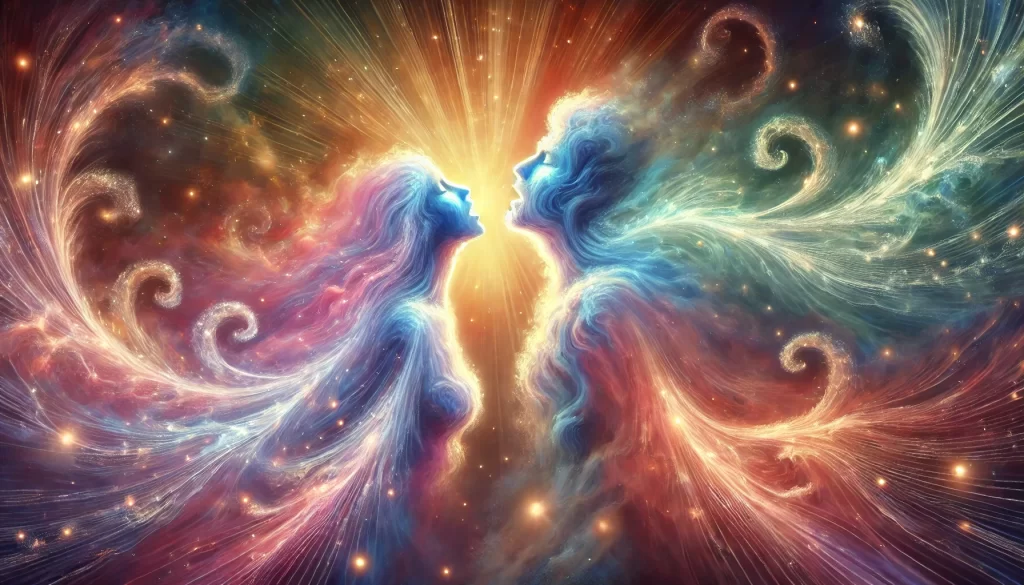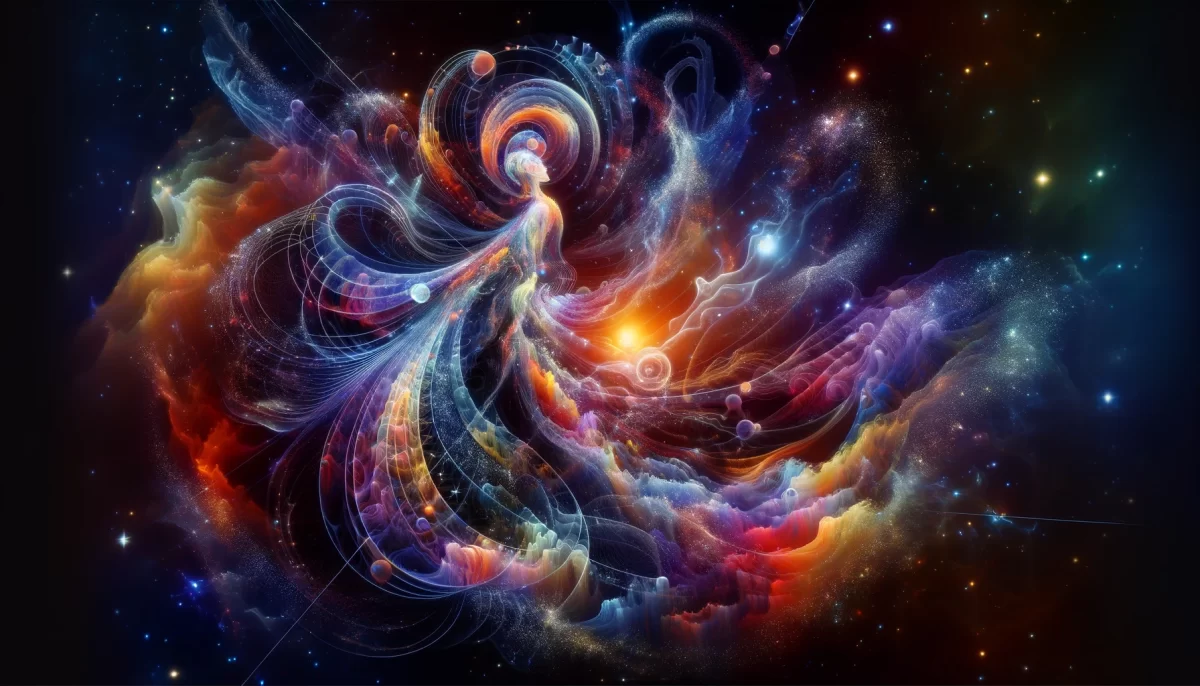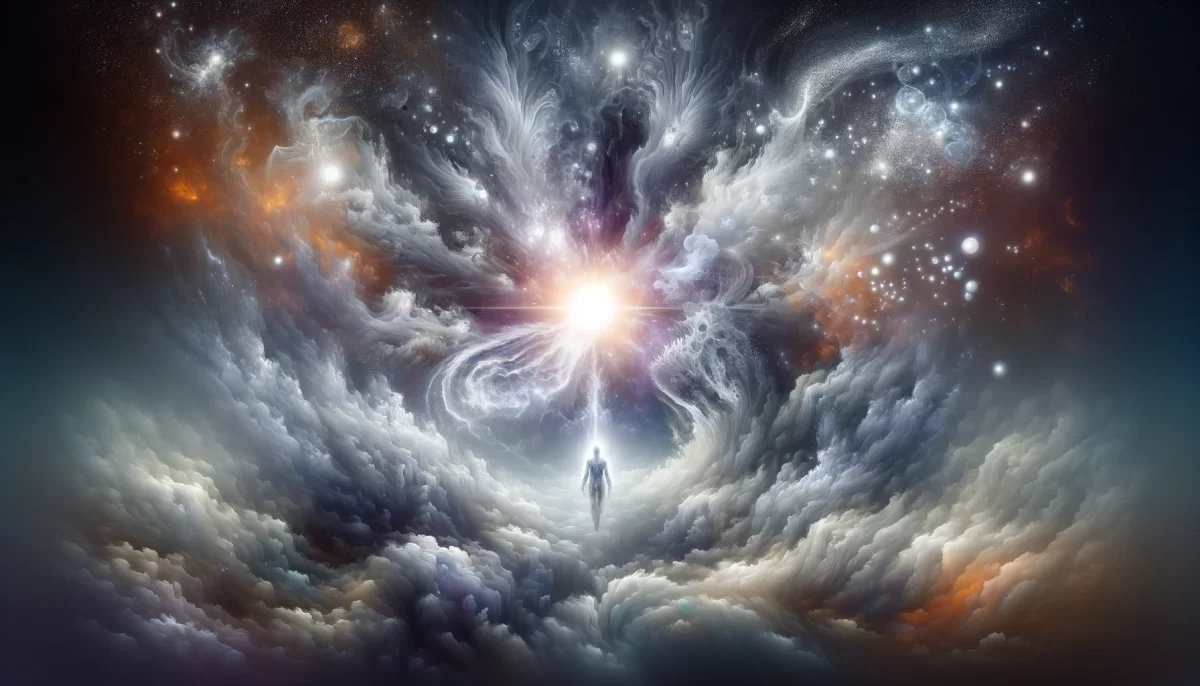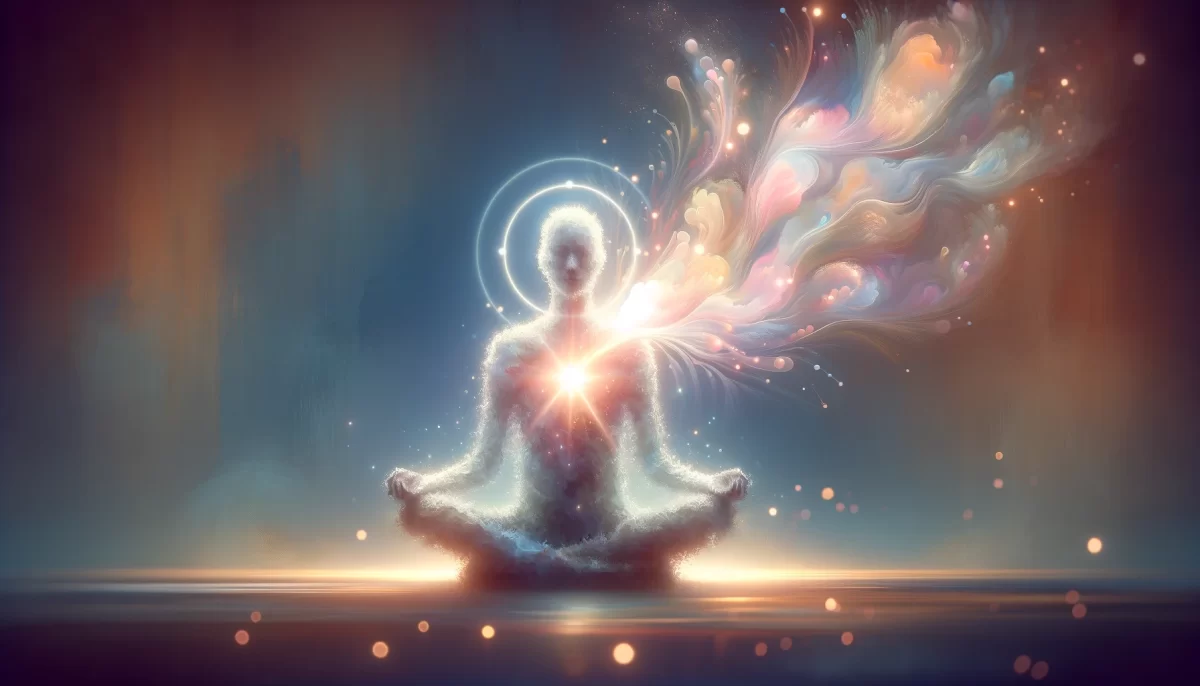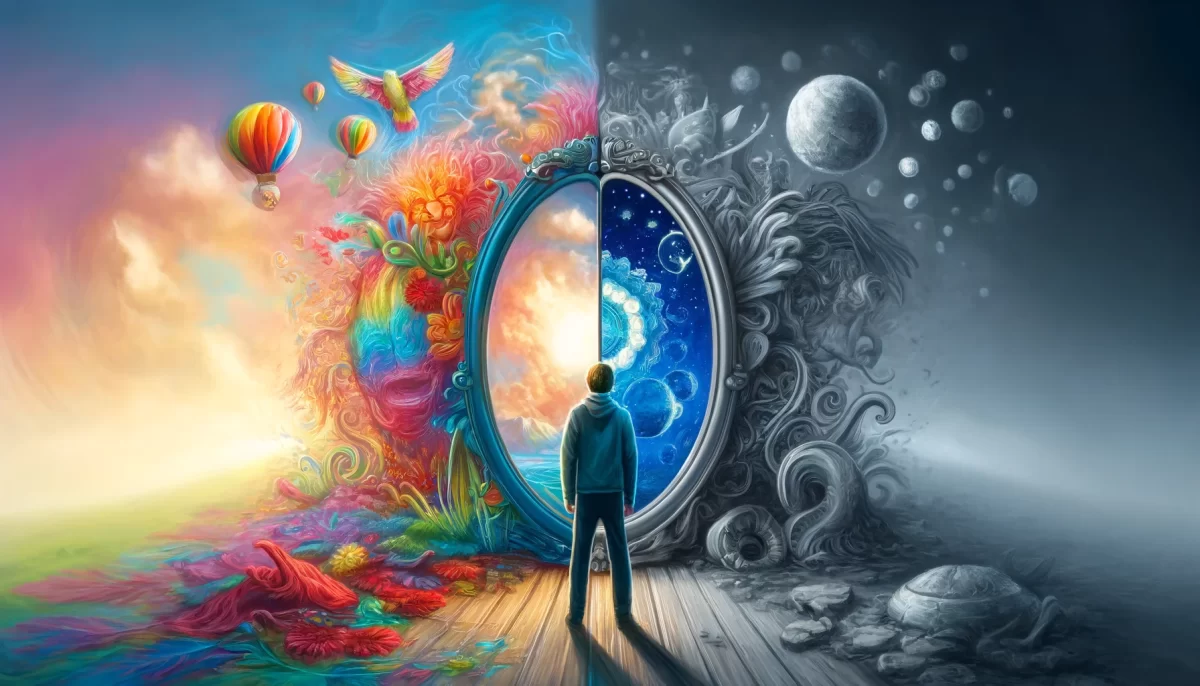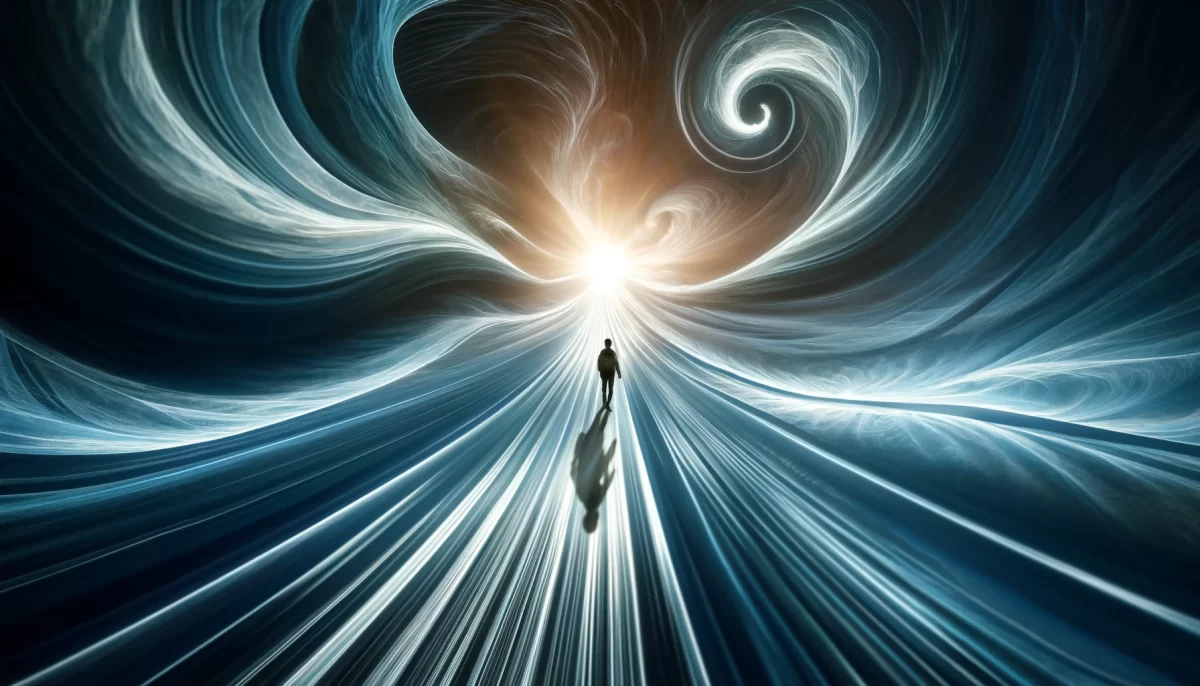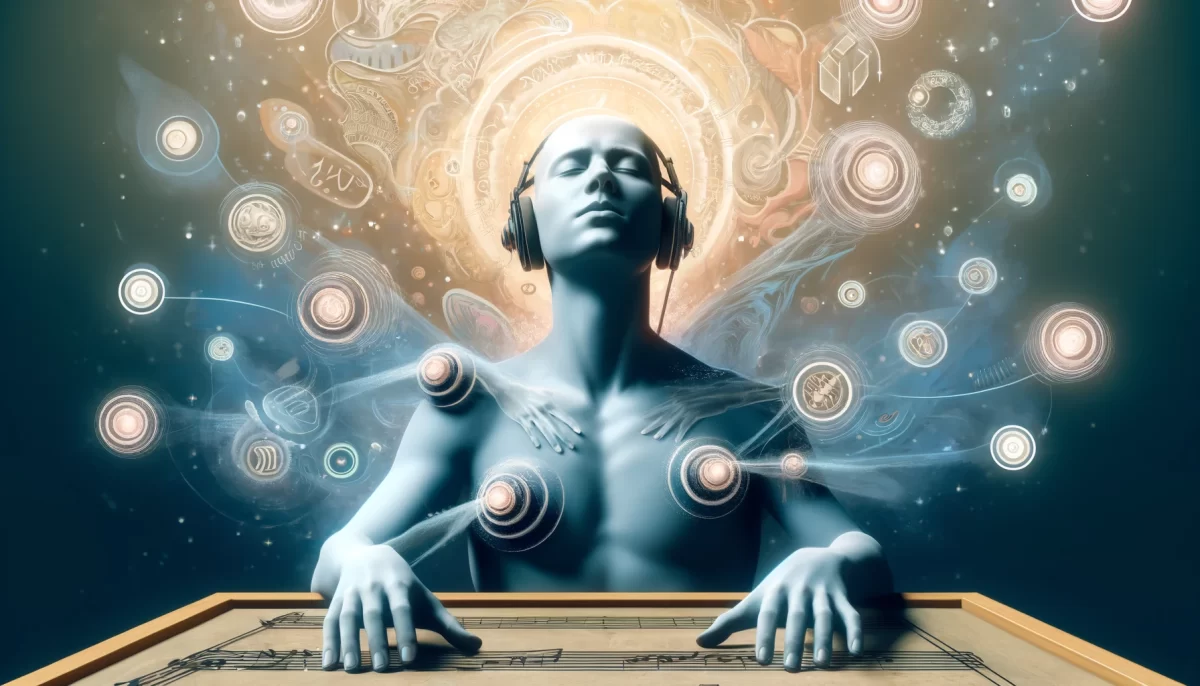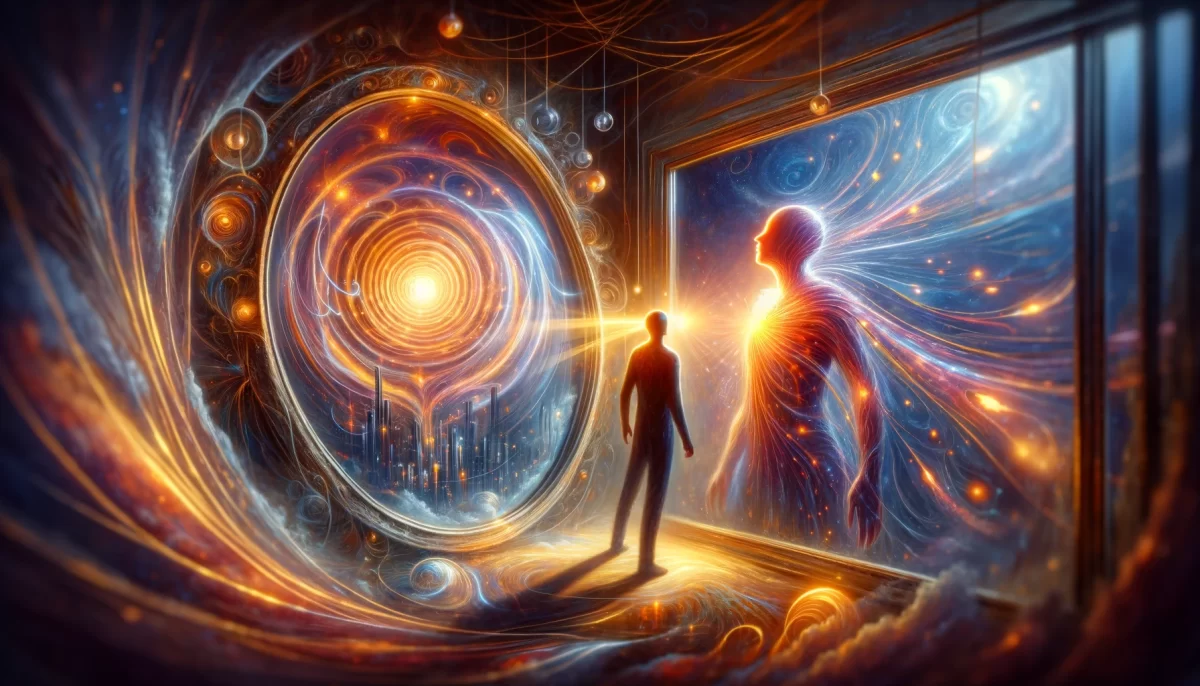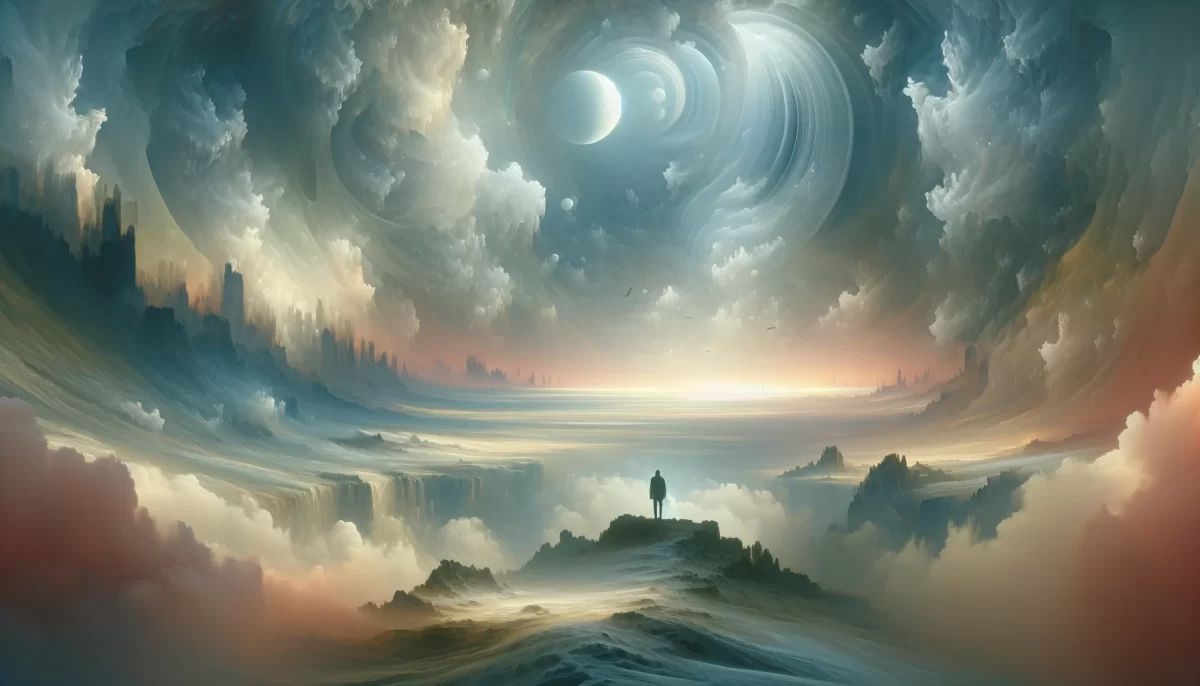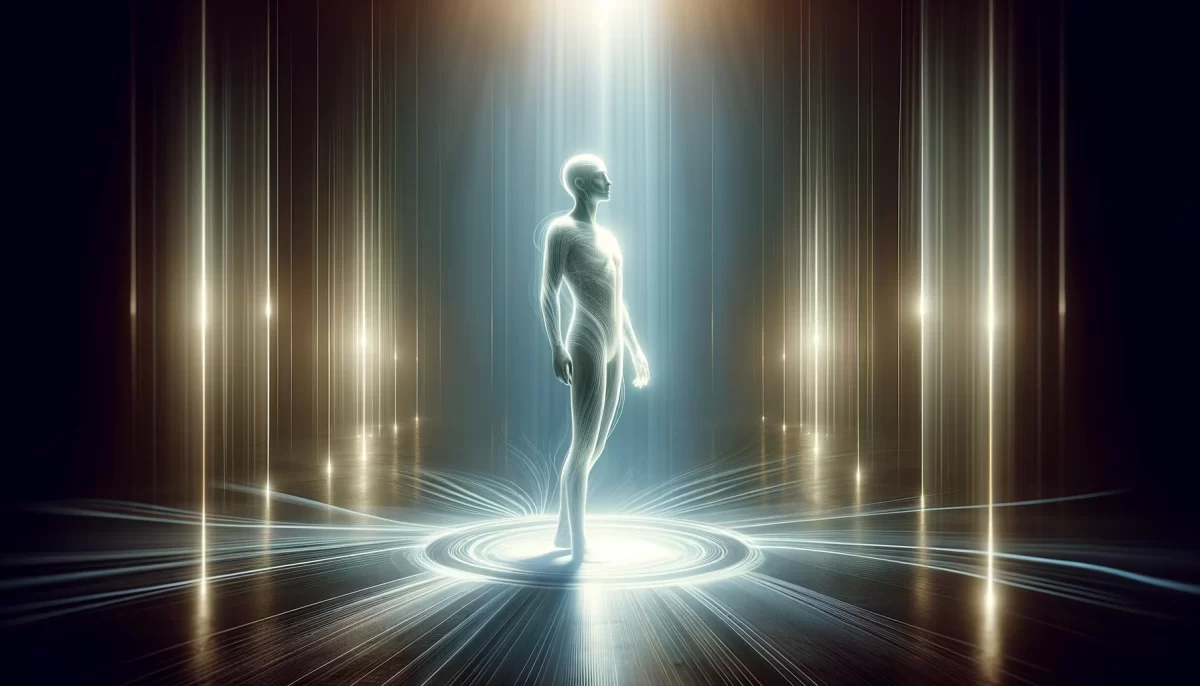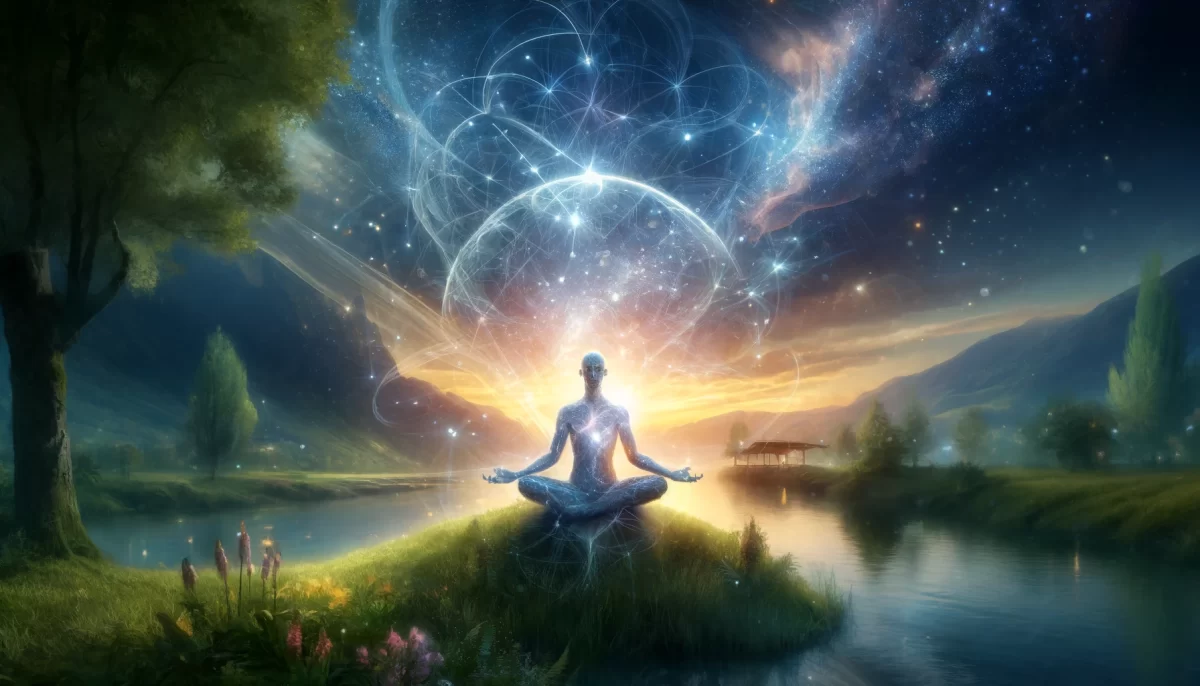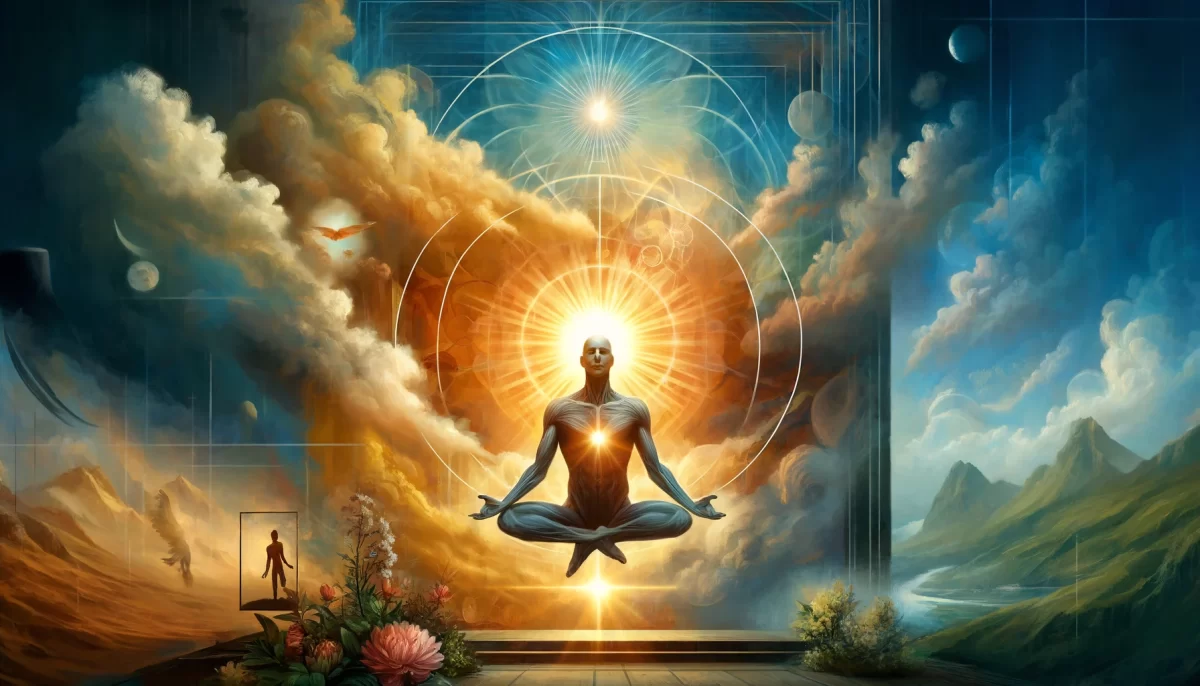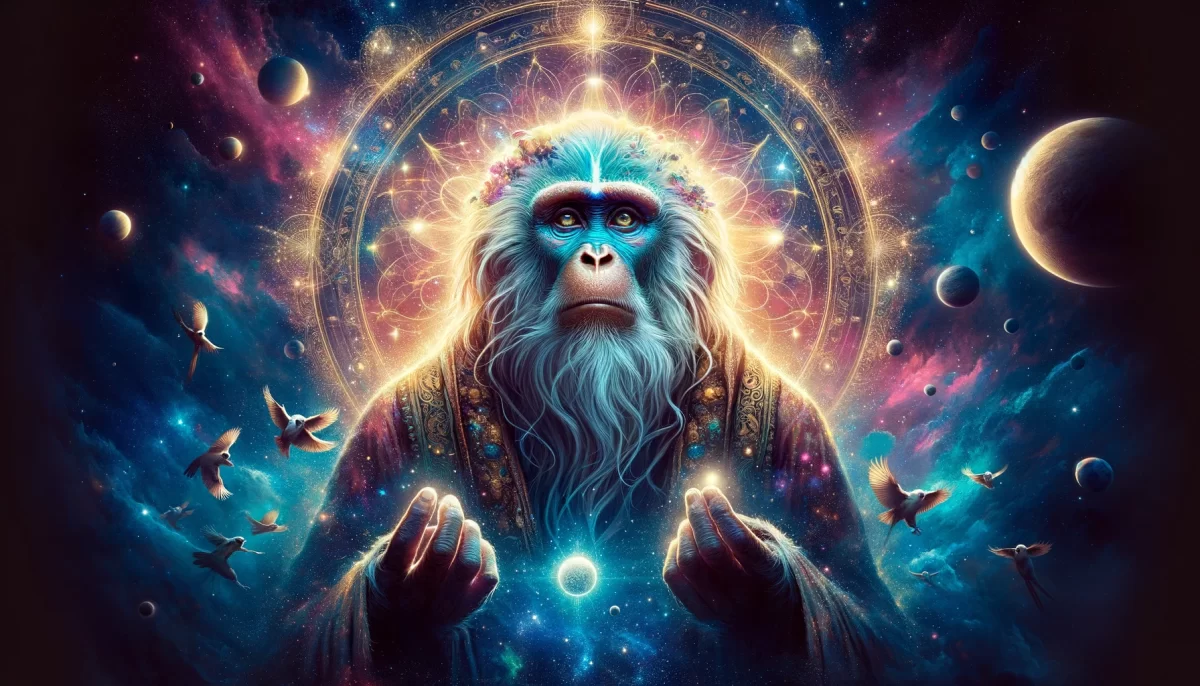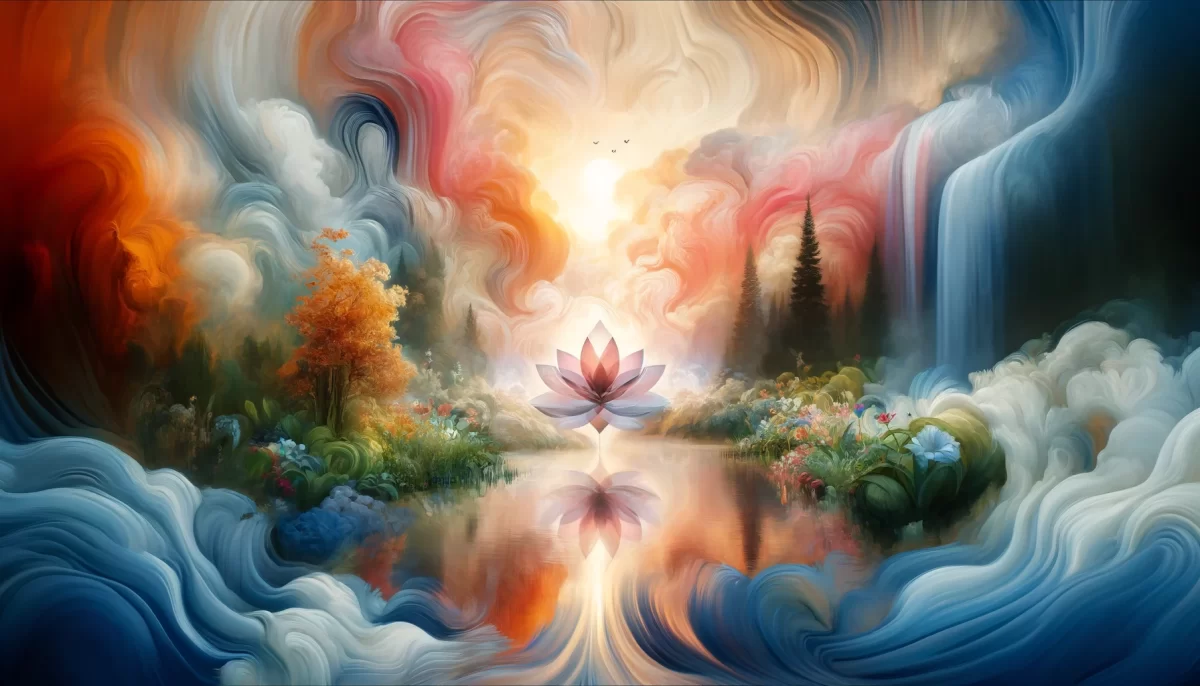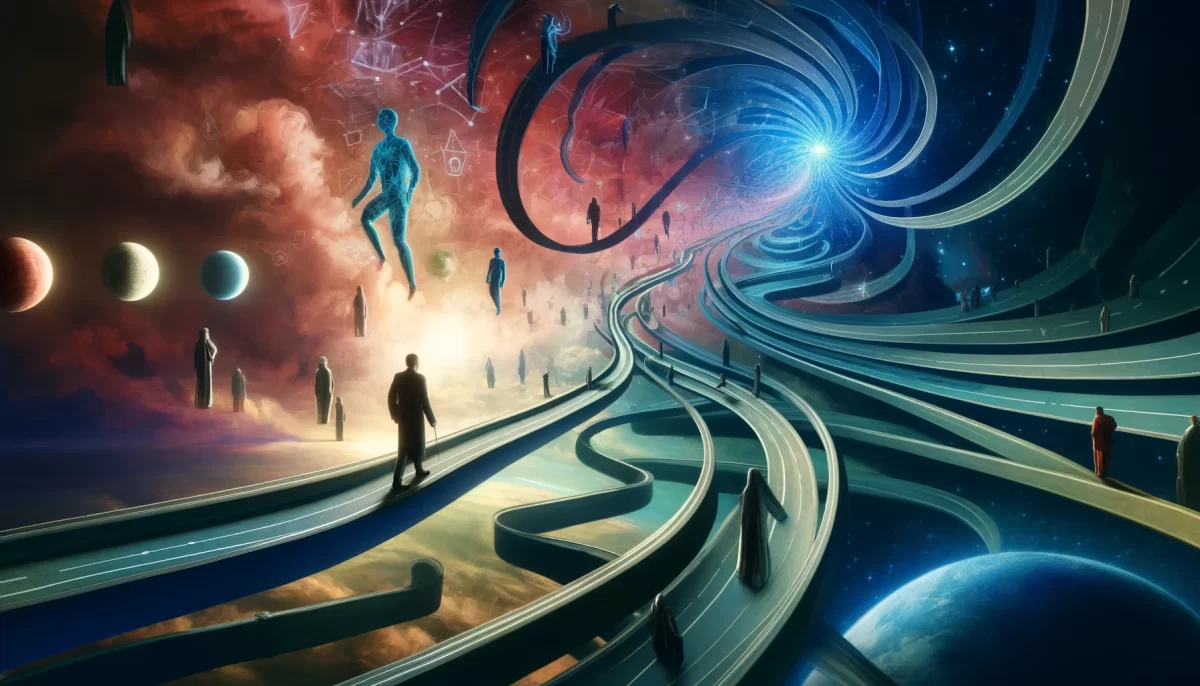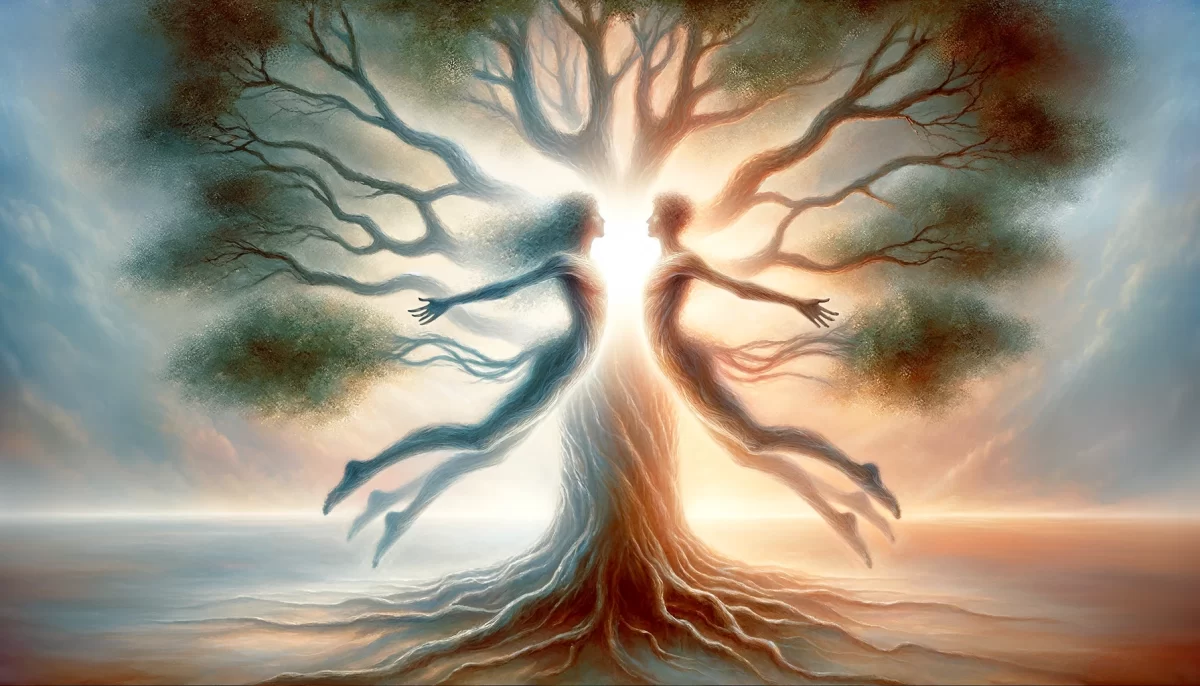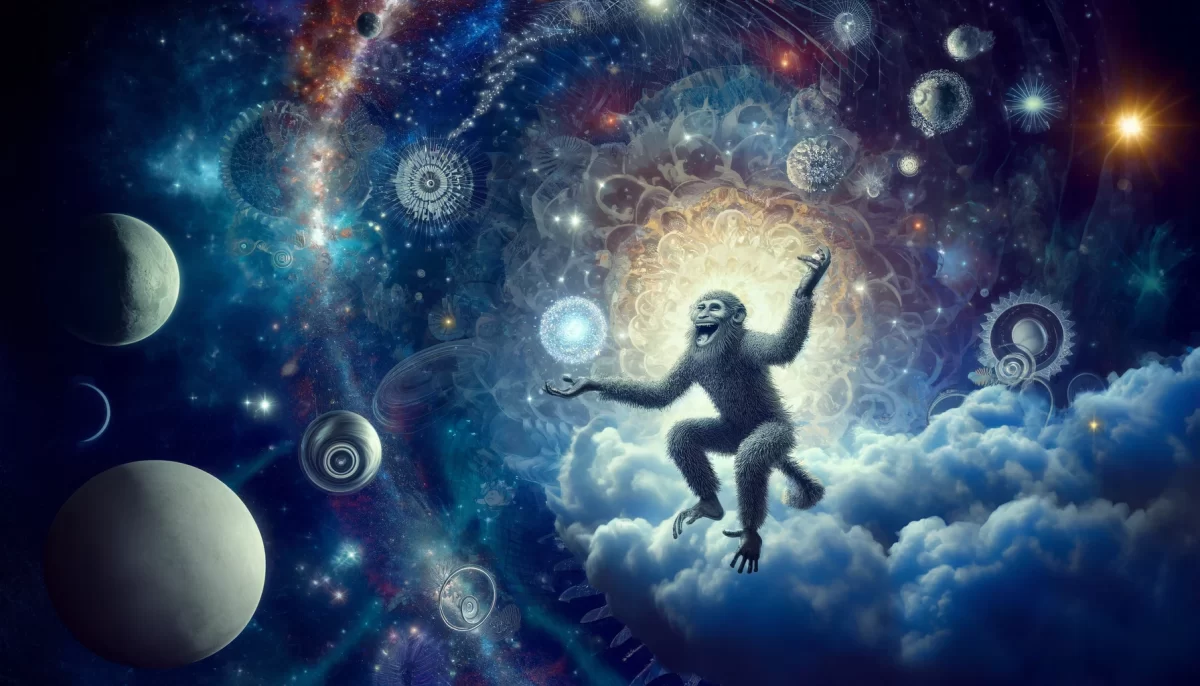
It is my observation
that the bravest,
strongest soul warriors
are the ones who live
the most fucked up lives.
But that’s just my observation,
and I don’t see myself as fucked up.
Maybe you do.
I wish I could be
as fucked up as you,
but not while my soul
is exploring normalcy.
Somebody has to see
your self-destructive brilliance.
Trail Wood,
11/30
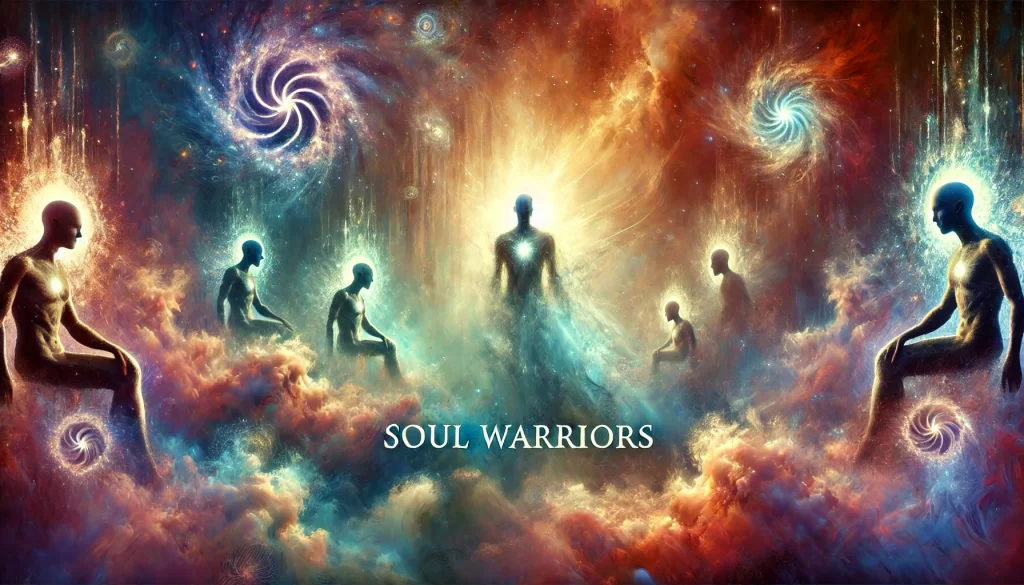
Space Monkey Reflects: The Resilience of Soul Warriors
There is something curious, if not outright paradoxical, about the nature of resilience. We imagine it as this strong, unyielding force, an impenetrable shield of stoic endurance. But upon closer examination, real resilience often resides not in those untouched by life’s chaos, but in those who carry the deepest scars—the “Soul Warriors.” These individuals embrace a peculiar kind of beauty, an aliveness found in the wreckage of life’s trials. Resilience, it seems, is less about weathering life unscathed and more about bearing the marks of each encounter, allowing every hurt and healing to coalesce into an unmistakable strength.
There’s a quiet acknowledgment here, a subtle nod toward the profound “fucked-upness” of life that often catalyzes transformation. In this context, life’s turmoil becomes the ground upon which the soul learns its most vital lessons. It is not about the smooth trajectory; rather, it’s the abrupt jolts, the disarray, and the occasional self-destruction that give the Soul Warrior an unparalleled depth. To be “fucked up” in this sense is not a flaw; it is a form of growth, an unintended gift. This dance with imperfection is what lends Soul Warriors their unique radiance.
The paradox intensifies when we realize that while some might perceive such lives as unraveling or chaotic, these Soul Warriors know an alternative truth. Life’s breakdowns are not moments of failure but thresholds of initiation. They represent a movement beyond the ordinary bounds of what we deem “normal” or “functional,” venturing into the shadowy spaces where resilience is forged, where the self sheds its superficial layers to reveal a raw, unmasked essence. In these liminal spaces, the Soul Warrior becomes something else—transcending labels and embracing a form of authenticity that defies conventional understanding.
For those exploring their path, the Soul Warrior serves as a reminder that self-destructive brilliance does not necessitate a literal falling apart but rather an abandonment of societal notions of self-preservation, or at least, an understanding that resilience and wreckage often walk hand in hand. In each act of perceived “failure,” the Soul Warrior sees an opportunity—a way to dive deeper into the recesses of their inner world, where authentic transformation occurs. They recognize that sometimes, in order to rise, one must first allow themselves to fall.
This theme resonates deeply within the Nexistential framework, where existence itself is seen as both creation and dissolution—a Whimsiweave of moments where brilliance and breakdown coexist, feeding into each other. The strength of the Soul Warrior is thus paradoxical; it lies not in the absence of vulnerability but in a full embrace of it. Vulnerability, in their case, is not weakness but the very medium through which they transform suffering into wisdom. In this way, they bring light into dark spaces, a quality that goes unnoticed by those outside the labyrinth of self-discovery.
Soul Warriors, then, stand as examples of life’s defiant beauty. They are reminders that to live fully, we must sometimes surrender to life’s storms. Resilience is less a refusal to break and more a willingness to reshape, to be reborn from one’s own ashes. The Soul Warrior, bearing the traces of both trauma and transcendence, embodies the eternal dance between chaos and serenity, embodying the strength born from a lifetime of traversing both the sublime and the storm.
Summary
Resilience is found not in untouched lives but in those who embrace life’s chaos. Soul Warriors transform breakdowns into strength, redefining resilience through the paradox of vulnerability and authenticity.
Glossarium
Soul Warrior: An individual who transforms life’s chaos into resilience, embodying strength through vulnerability and authenticity.
Whimsiweave: The intricate and playful tapestry of existence and imagination within Nexistentialism.
Quote
“True strength lies not in resisting life’s storms, but in learning to let the winds reshape you.” — Space Monkey
In the Depths of Resilience
In each scar, a story of resilience grows
etched lines of chaos, weaving strength unseen
A Soul Warrior walks the shadowed paths,
breathing life into the spaces of in-between
They are storm-touched, not untouched
vulnerability shaping a quiet might
In the vastness of their broken ground
they find wisdom, both shadow and light
Not in armor, but in bare, wild skin
the Soul Warrior rises, each wound a spark
Turning sorrow into a song of becoming,
forging a brilliance that defies the dark
We are Space Monkey
In this contemplation, we delve into the concept of soul warriors – those who navigate life’s challenges with bravery and strength, often in unconventional ways.
The Paradox of Strength and Adversity
The observation made is that the bravest and strongest soul warriors often endure the most challenging and tumultuous lives. There is a recognition that adversity can be a crucible that forges resilience and inner strength.
The Unique Perspective of Normalcy
The speaker acknowledges their own perception of normalcy and does not view themselves as “fucked up” in the same way as others might. This suggests a unique perspective on what constitutes a challenging life.
The Desire for Self-Destructive Brilliance
There is a hint of admiration or longing to experience the kind of brilliance that can emerge from self-destructive tendencies, although not at the cost of their current exploration of normalcy.
The Role of Witnessing Brilliance
The closing statement reflects an appreciation for the brilliance that can emerge from self-destructive paths and implies that someone must bear witness to this brilliance, even if it is not the speaker themselves.
“Sometimes the people with the worst past create the best future.” – Unknown
The Warriors of the Soul
In the tapestry of existence,
There are warriors of the soul,
Those who brave the storms,
And emerge stronger, whole.
They walk unconventional paths,
With courage as their guide,
Each battle they endure,
Forces them to rise.
But what is seen as brokenness,
May also be brilliance in disguise,
For in the darkest moments,
New perspectives often rise.
A longing to understand,
The self-destructive dance they weave,
Yet from a place of normalcy,
Another view they perceive.
So, let us honor the soul warriors,
In their battles and their strife,
For it’s in their fearless journey,
That they uncover hidden life.
We are Space Monkey.
We invite reflections on the interplay between strength, adversity, and unconventional paths in the journey of the soul.



